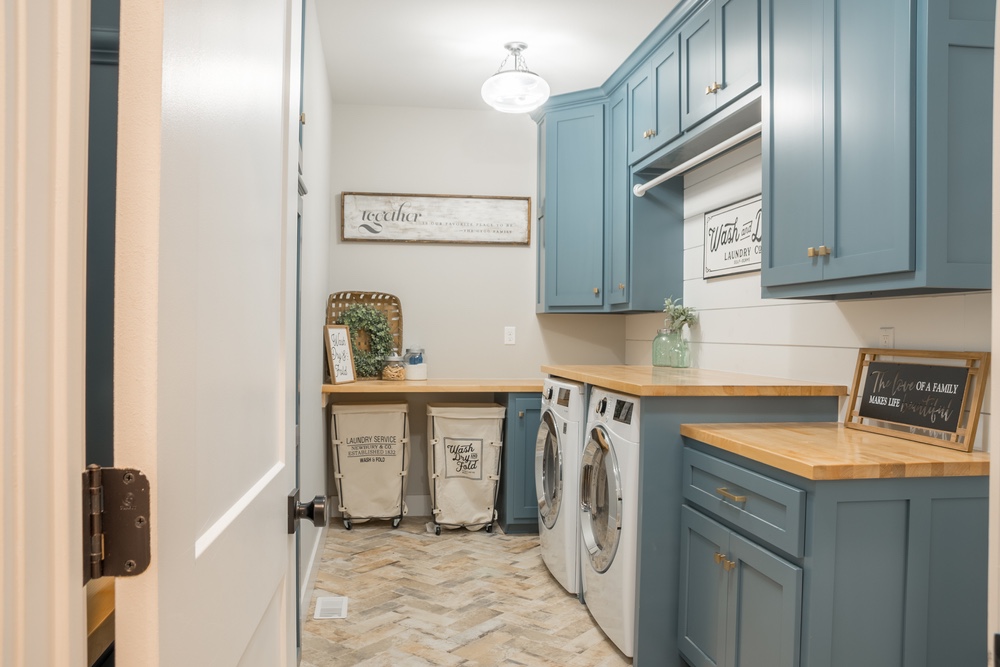The laundry room is one of the main places most of us store our washer and drier. Unfortunately, both appliances create heat and moisture which is bad. Therefore simple maintenance is required to help to avoid issues with water and mold.
Following a few of these simple guidelines and tips could help avoid potential water damage that can be caused by washers, dryers, utility sinks, hoses, and filters.
Check Hoses and Joints
Like most appliances, problems with leakage often start in the hose. Washers are normally connected to cold and hot water lines so both need frequent inspection. Start off with checking for loose joints or leaks. Be sure to check both ends of the washing machine hose.
Keeping at least 4 inches between the water connection and the back of the washer can prevent the hose from kinking and bursting. Replace any hoses that are old or that have signs of physical damage. Consider installing Steel-Braided hoses as an alternative since they are stronger compared to regular ones.
Check Valves and Filters
A blocked filter can restrict the flow of water into the washing machine, and even cause some malfunctions. This problem can be even worse in locations that have “hard water.” Minerals tend to accumulate on the filter a lot quicker with this type of water.
While the washing machine is not in use check to see if the shut-off valves are functioning properly. Look for drips inside the washer and replace the valves if you detect any leaks.
Check Ventilation Hose and Vent Pipes
Carefully check your dryer’s ventilation hose for any damages. The dryer vent hose must be connected to the outside. Lint behind and under the dryer is normally an indicator of possible issues.
Make sure the vent pipe is not clogged or bent. keep the exhaust short as possible for the dryer to vent efficiently.
Check Pipe Traps
Like washers, the utility sink can sometimes be the source of water-related problems. Damped or stained walls around the plumbing pipes indicate an internal leak that needs to be repaired before additional damage occurs. Start off by searching for leaks under the sink. Is there any water on the floor? Check the trap for any drips and repair it immediately.
Additional tips: Slow draining pipes may be an indication of a partially blocked drain. Replace sink seals if they are cracked or loose. A constantly dripping faucet should be repaired promptly as well.
Be sure to perform these inspections every few months and be thorough while performing them.

